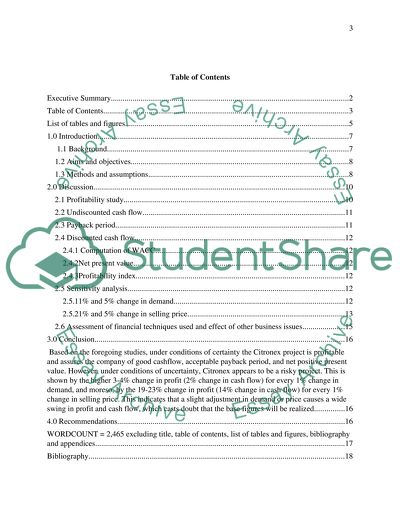Cite this document
(“Analysis of the case of Repulse Travel Pharmaceuticals Coursework”, n.d.)
Retrieved from https://studentshare.org/finance-accounting/1393646-finance-for-managers
Retrieved from https://studentshare.org/finance-accounting/1393646-finance-for-managers
(Analysis of the Case of Repulse Travel Pharmaceuticals Coursework)
https://studentshare.org/finance-accounting/1393646-finance-for-managers.
https://studentshare.org/finance-accounting/1393646-finance-for-managers.
“Analysis of the Case of Repulse Travel Pharmaceuticals Coursework”, n.d. https://studentshare.org/finance-accounting/1393646-finance-for-managers.


